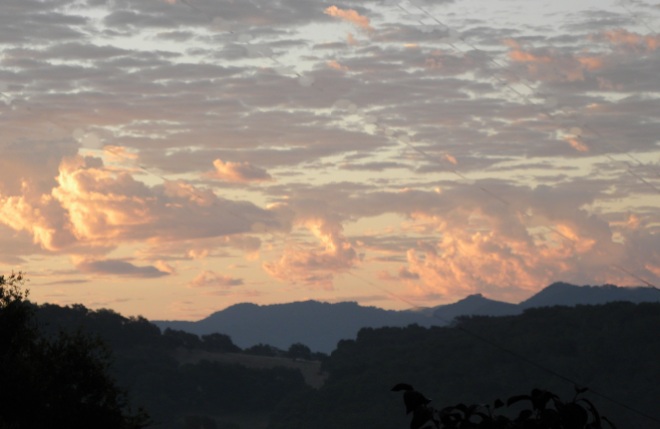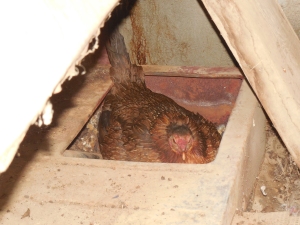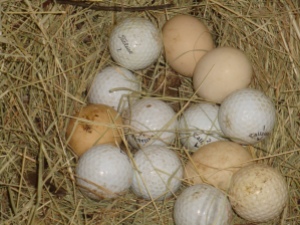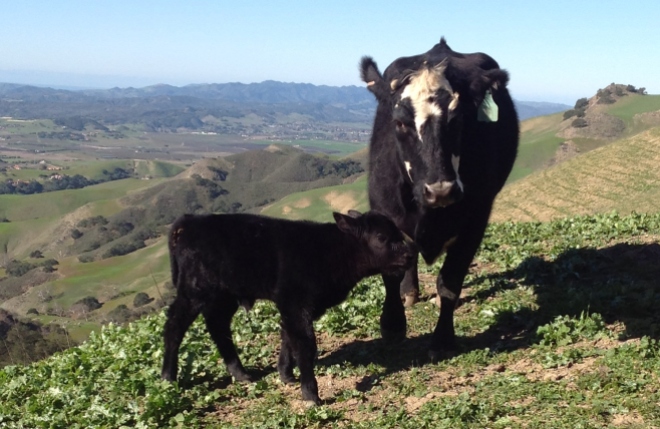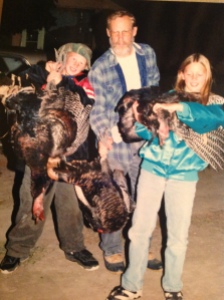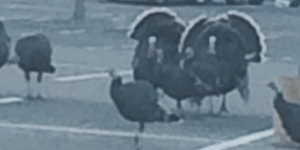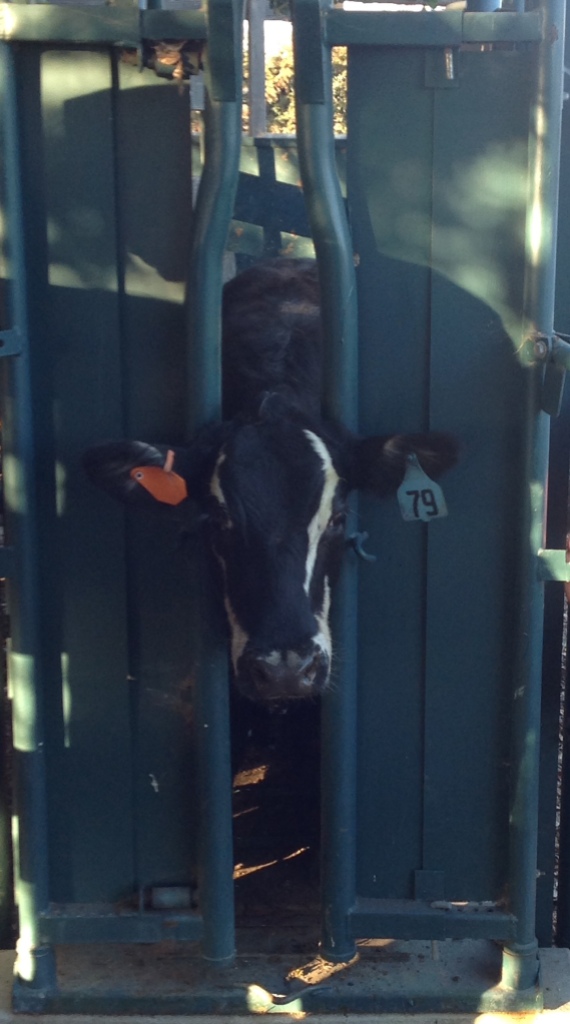“The angel said to the women, ‘Do not be afraid, for I know that you are looking for Jesus who has been crucified. He is not here, for He has risen, just as He said. Come see the place where He was lying. Go quickly and tell His disciples that He has risen from the dead; and behold, He is going ahead of you into Galilee, there you will see Him; behold, I have told you.’ ” Matthew 28:5-7
After a Sunrise Service to celebrate “He is risen!” on Easter morning, we serve our guests fresh-squeezed Orange Juice from our own trees and a Western Omelette.
This Western Omelette recipe is a big hit for a branding breakfast or as early nourishment for the hands on shipping day. It is also a favorite breakfast dish enjoyed by the guests at Grieb Farmhouse Inn (Bed and Breakfast).
Recipe for: Western Omelette
From the Kitchen of: Margie Grieb Runels Servings:2
Need: Iron Skillet
Ingredients:
4 pieces of bacon
1 medium potato
Dash of salt and pepper
1 tsp dry minced onions
4 eggs
½ Cup grated Cheese
1 piece of bread
Instructions:
- Fry bacon in frying pan(set aside)
- Pour grease out of pan, but leave a tiny bit.
- Put one medium size grated raw potato into pan on medium to low heat.
- Season with salt & pepper and minced onion.
- Cover potato and 4 beaten eggs.
- Cover eggs with grated cheese.
- Crumble two pieces of bacon on top.
- Cover pan and cook on low for approx. 10 minutes until gelled and firm.
- Cut in half and serve with remaining bacon and toast.
**For more people just increase ingredients, and cut like a pie.
Even better when served with salsa!

